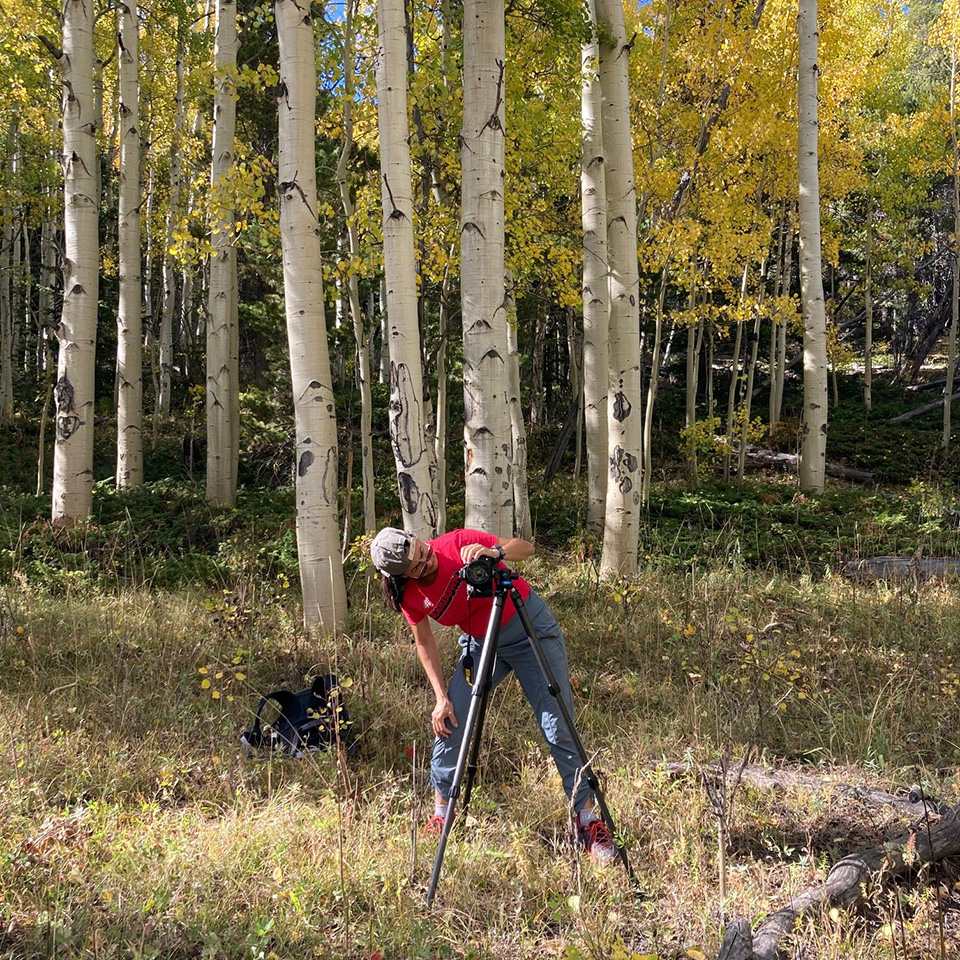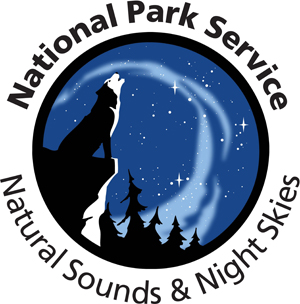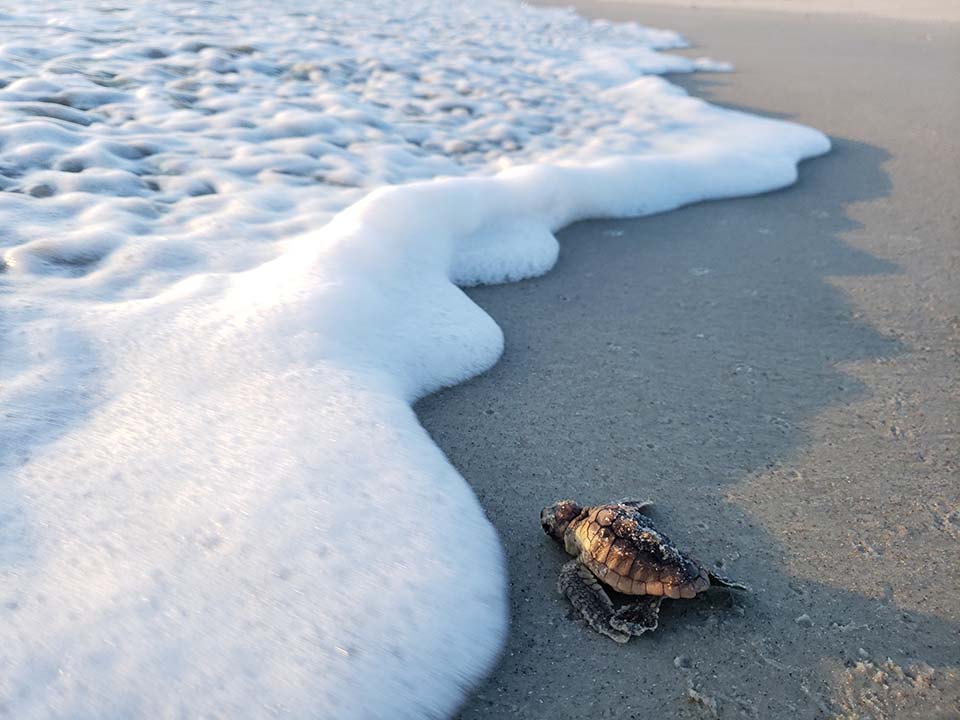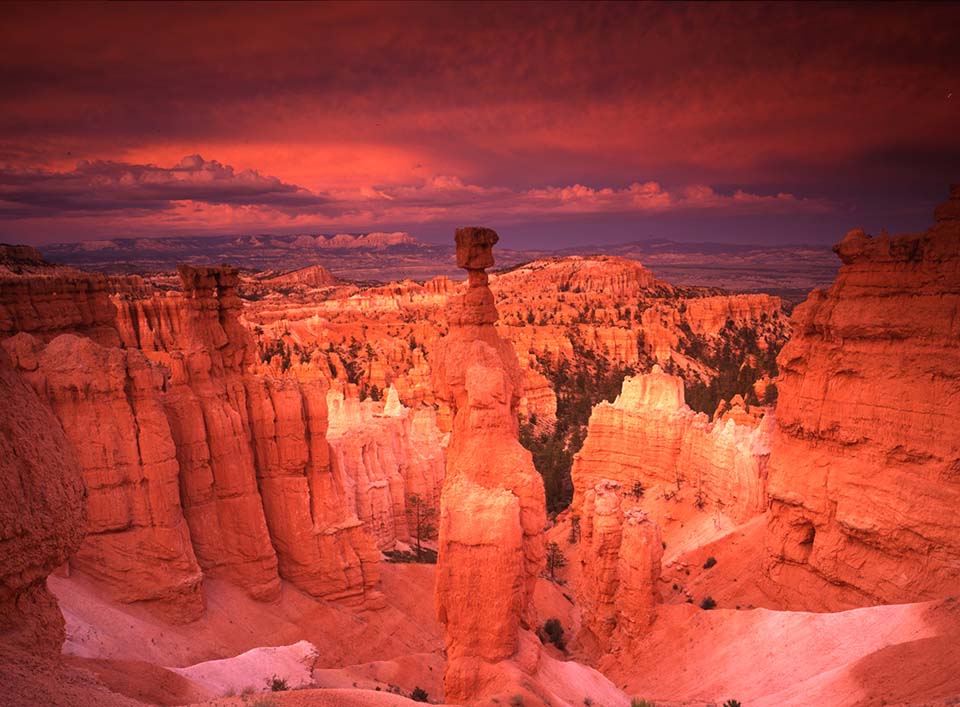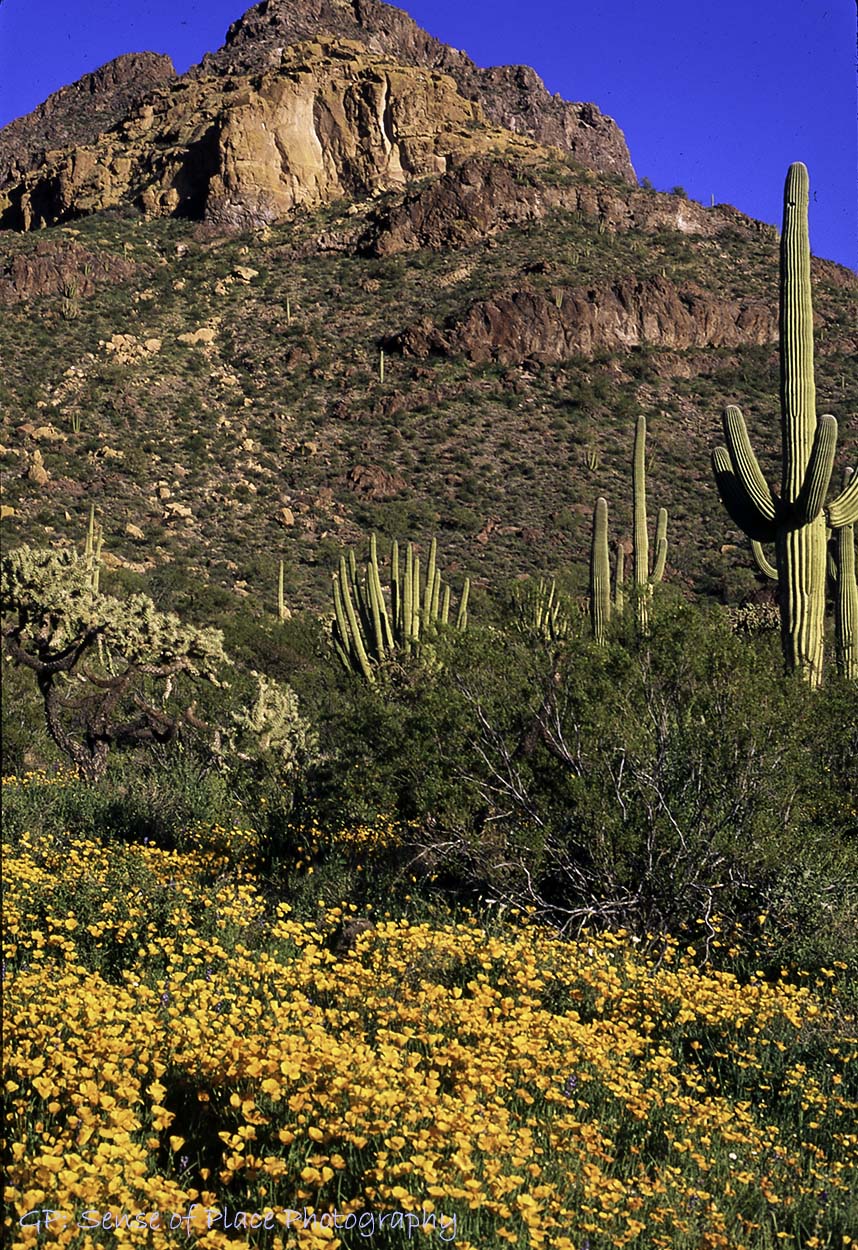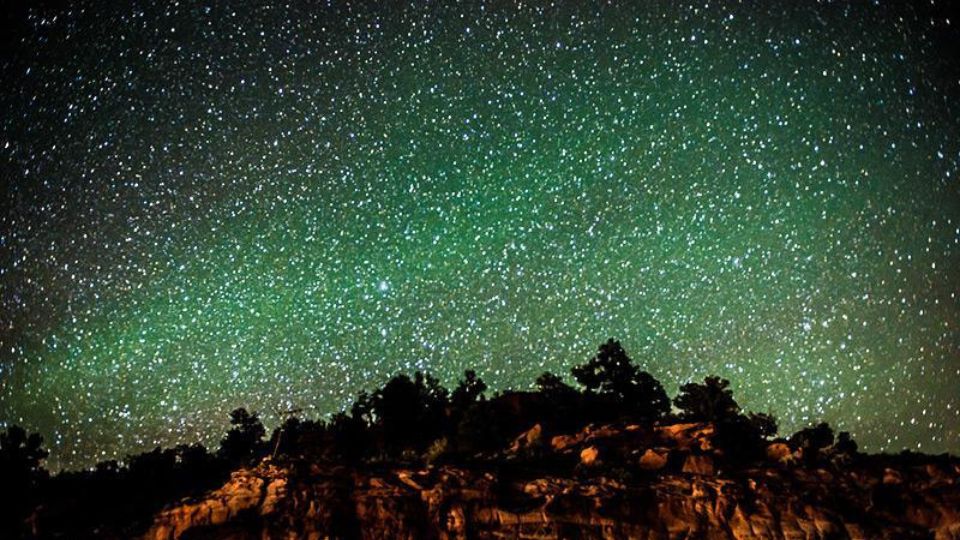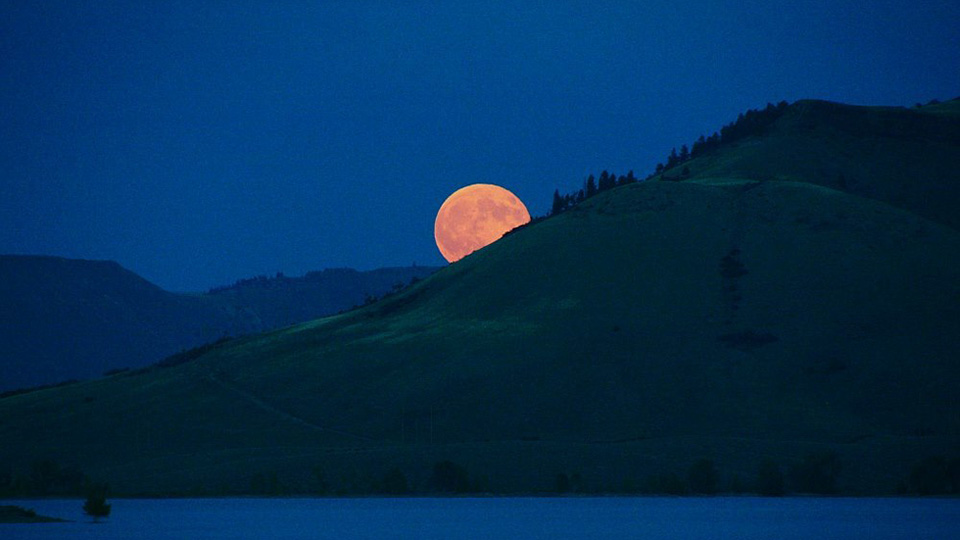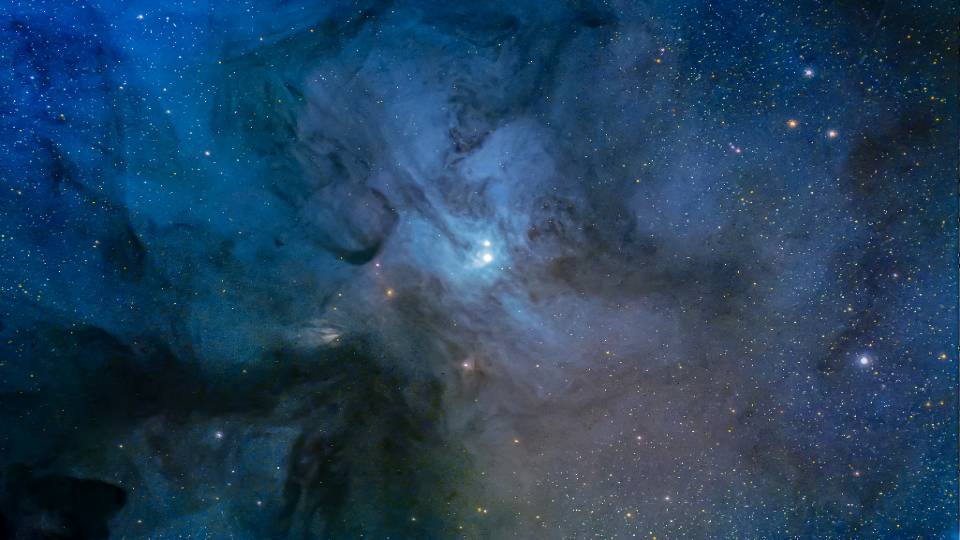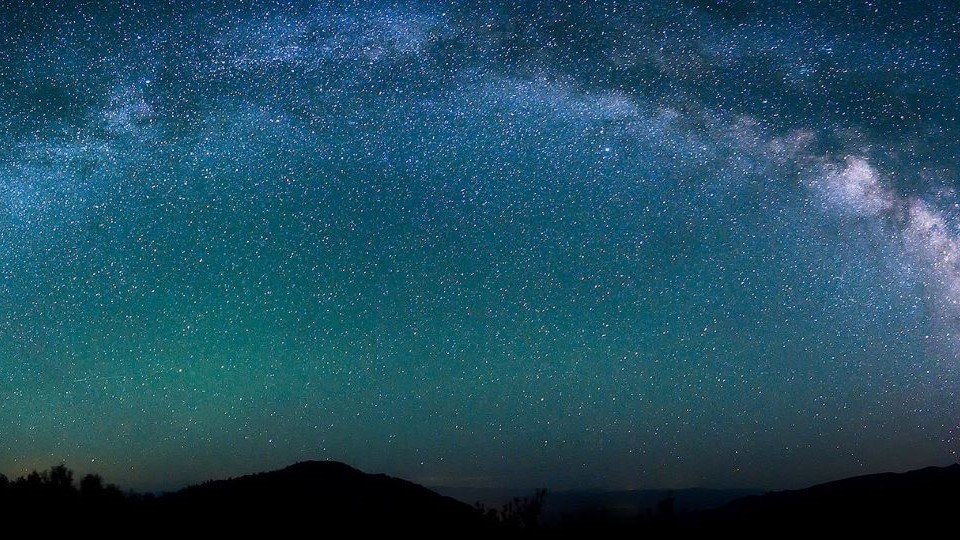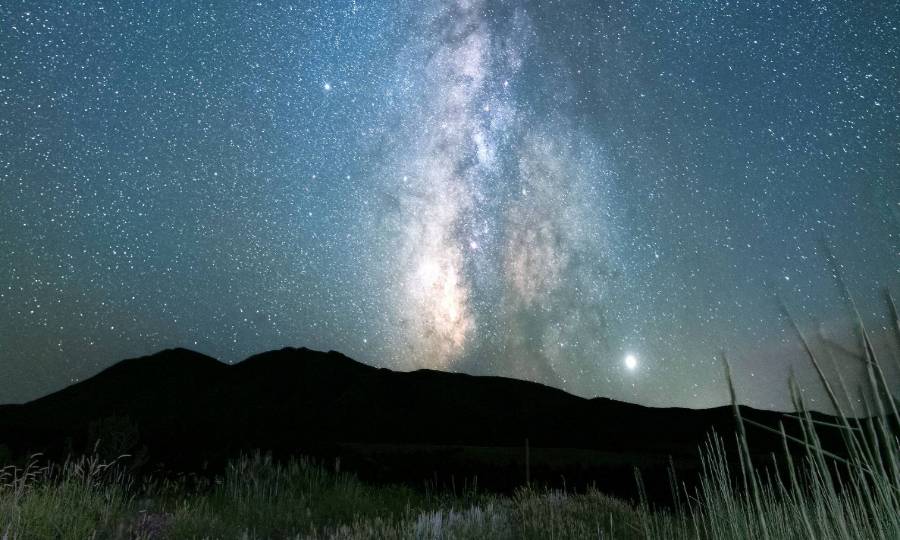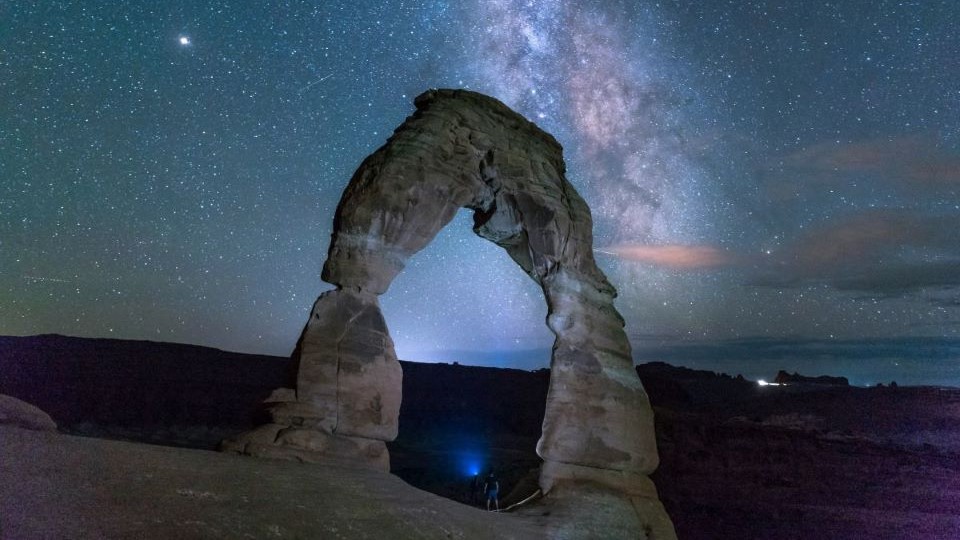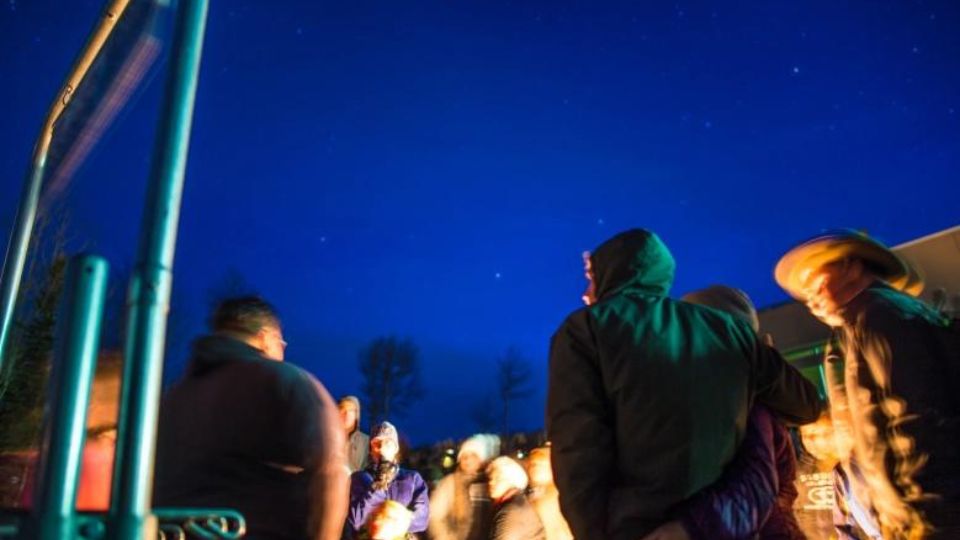
A Cultural Connectedness to the Night Sky
There are certain sections on the reservation where new constructions are permitted but the rest of the 122,000 acres remains untouched. The Paiute are caretakers of the land because we come from the land, live off the land, and then go back to the land.
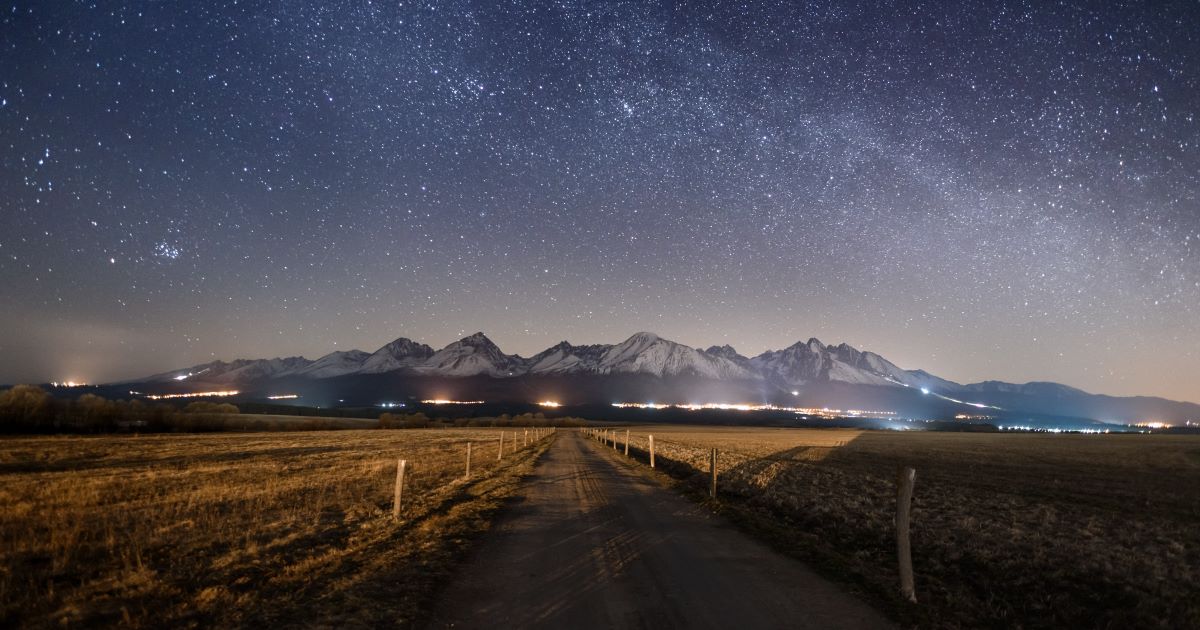
A Dark Sky Course for Electrical Contractors
The Dark Skies course at Salt Lake Community College offers 3 CE credits to Utah-licensed Electrical Contractors. Students learn the benefits, specifications, and installation of fixtures that comply with municipal dark sky codes and ordinances.

A high-tech town strives to shine less brightly
Los Alamos is a small town of some 20,000 residents in the Jemez Mountains of northern New Mexico. The town is well known for being home to the Los Alamos National Laboratory (LANL) and is bordered to the south and west by two National Park System units:

All Aboard the Star Train!
Nevada Northern Railway’s Star Train offers a truly unique experience. On select summer evenings, the Star Train pulls out of Ely to take visitors on a journey to experience what our ancestors saw when they looked up into the night sky hundreds of years a
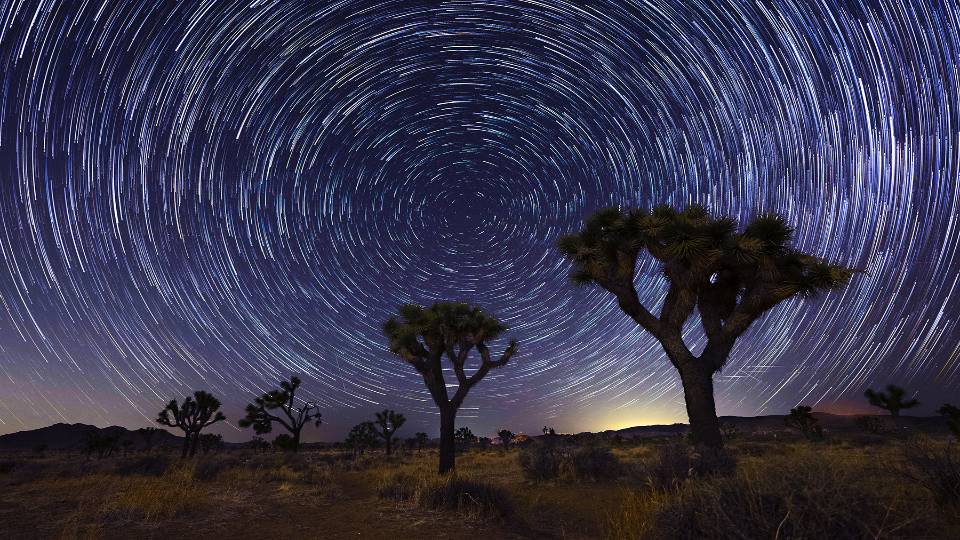
An astrophotographer’s perspective on protecting dark skies
Areas that are far away from city lights and that also have interesting landscapes make the Basin and Range Dark Sky Cooperative region exceptional for astrophotography. Shooting in the BRDSC offers an incredible amount of opportunity for nightscape shoot
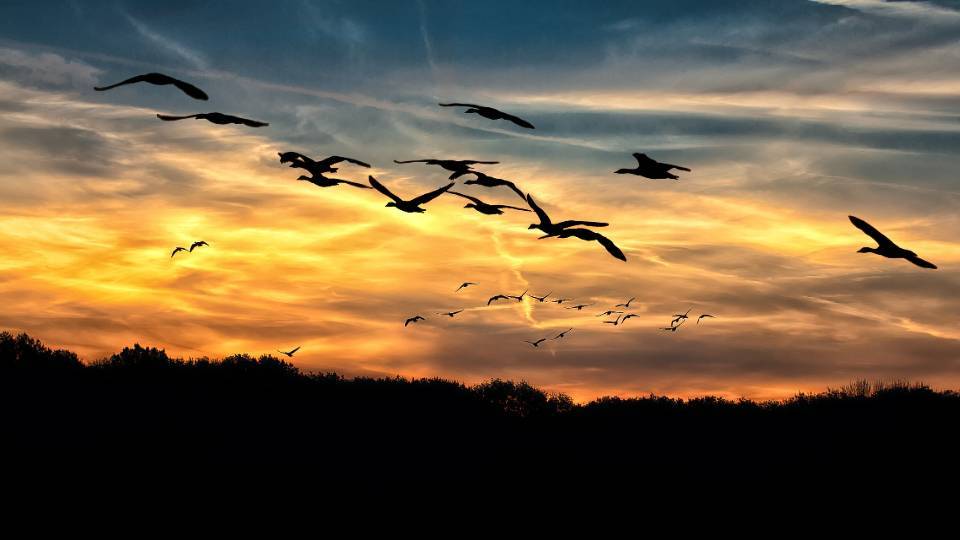
Birds Need Darkness Too
Many people don’t realize that most songbirds that migrate do so at night. It isn’t something we think about as we lie in bed, but on a given spring night there could be hundreds, or even millions of birds flying high above us through the dark sky.
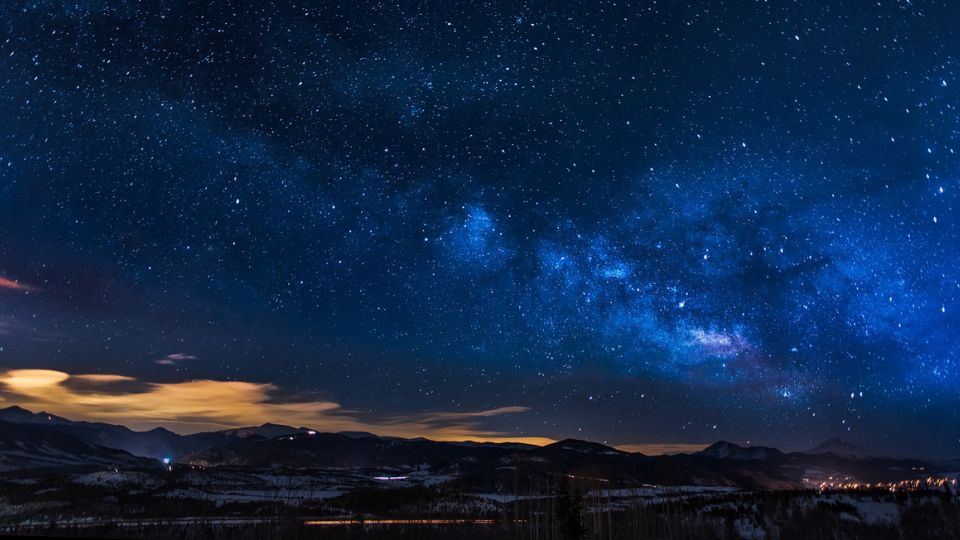
Dark Skies Paonia
Dark Skies Paonia is a 501c3 non-profit organization working towards the goal of International Dark Sky Community Certification for the Town of Paonia, Colorado. Dark Skies Paonia was formed by a group of community members who enjoy the night sky but are
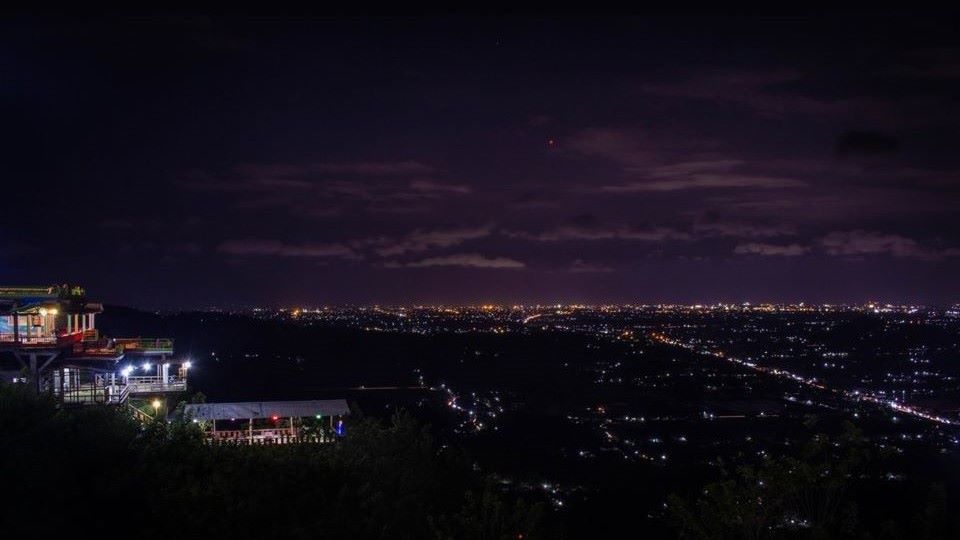
Developing Lighting Ordinances That Serve and Protect
This spotlight presents information shared during a series of interviews with dark sky community champions on the challenges and promises to ensure night-friendly lighting through the development of outdoor lighting ordinances.
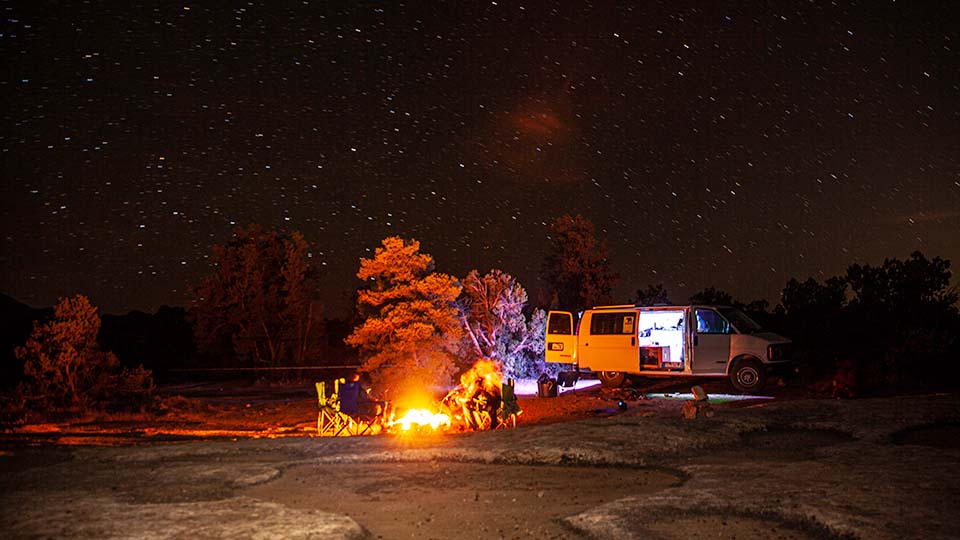
Documenting the Universe
Shooting night skies is a special experience because it allows me to capture the brilliance of the universe in a photograph and bring forth a volume of light that may not be seen so simply by the naked eye.

Finding Peace Under Dark Skies
Dark Skies of the Wet Mountain Valley was founded in 1999 with the primary purpose of limiting light pollution of the night sky in the towns of Westcliffe and Silver Cliff, CO. After many years spent diligently working with and educating the local communi
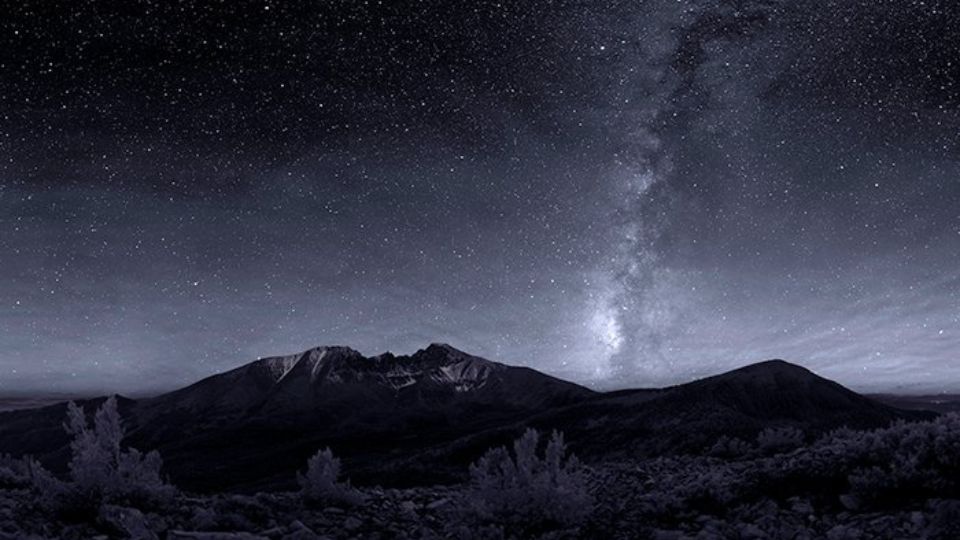
Great Basin National Heritage Area
The Great Basin National Heritage Area was designated by Congress in 2006 and includes White Pine County, Nevada; Millard County, Utah; and the Ely Shoshone, Duckwater Shoshone, Goshute and Utah Kanosh-Paiute nations.
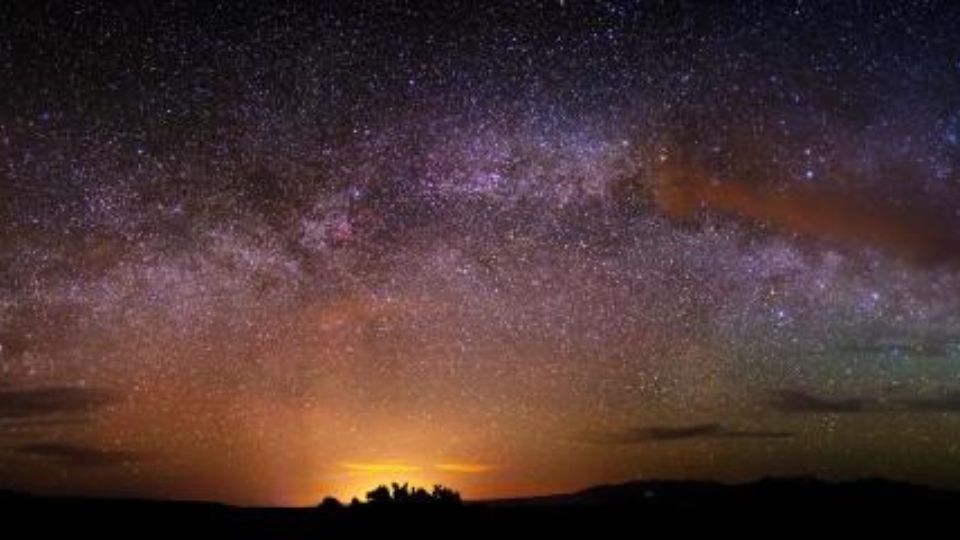
IDA Chapters & Networking
IDA is dedicated to protecting the night skies for present and future generations with goals to advocate for the protection of the night sky, educate the public and policymakers about night sky conservation, promote environmentally responsible outdoor lig

Introducing the Basin and Range Dark Sky Cooperative
Natural night sky environments are restorative inspirational places for people and are essential for all living things on our planet. In today’s developed world there are very few places where we can access a truly natural night sky.

Introducing: The Western Night Skies Council
To provide a platform for sharing resources and information, increasing dialogue, and providing mutual support for the diverse groups of night sky conservation advocates throughout the Western United States, the Colorado Plateau Dark Sky Cooperative in pa

It Takes a Community
Mayor Peterman reached out to the University of Utah to build a partnership and work together to conserve the town’s rural night sky. Through this valuable partnership, Helper will receive important resources, knowledge, and technology while students will
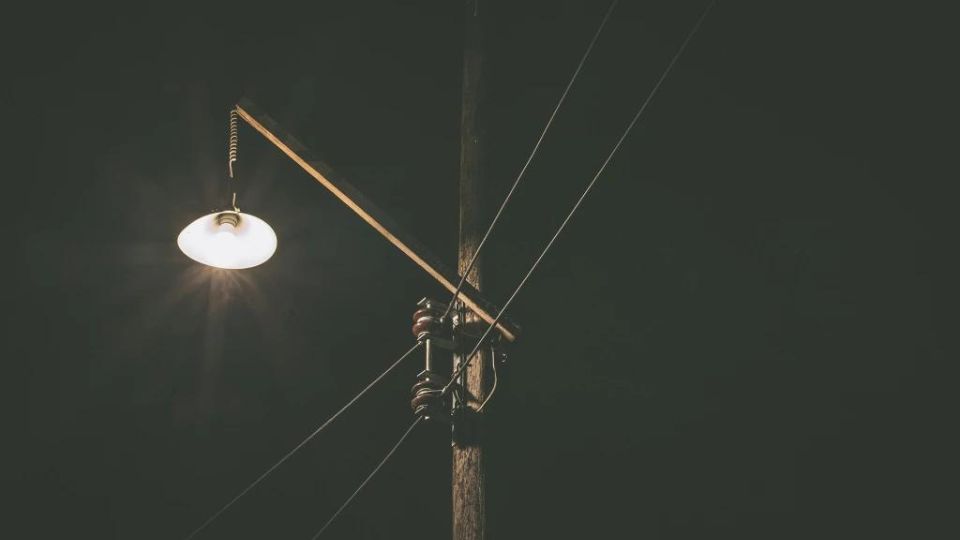
Light, Planning, and Biophilia
Humans have always altered the natural world to better meet our needs and wants. Indeed, many other species alter the physical environment to create better conditions. These animals are called ecosystem engineers.

Park to Park in the Dark
Park to Park in the Dark is Nevada’s first astrotourism route that connects two International Dark Sky Parks Death Valley National Park and Great Basin National Park, via Highways US-95 and US-6, and the rural communities along the route: Beatty, Goldfiel
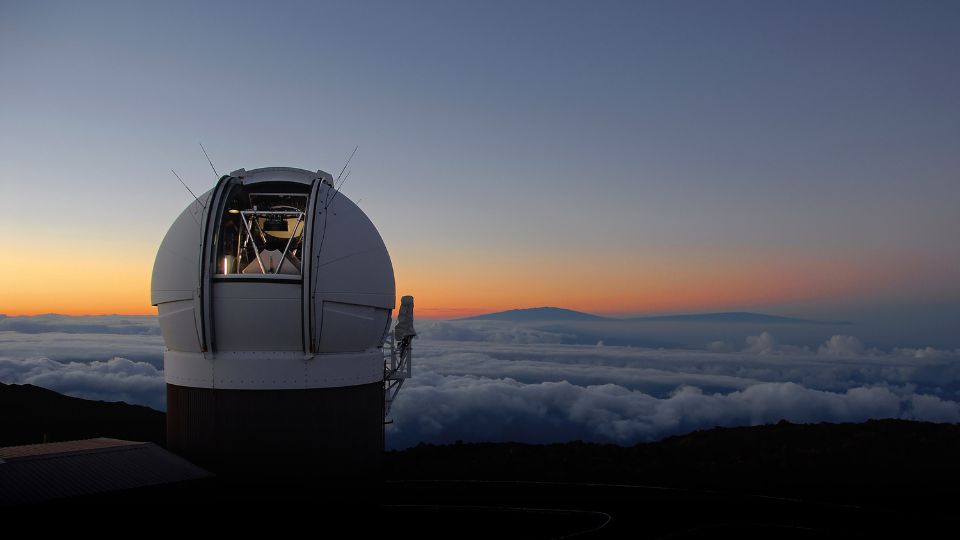
Residents Pursue Astronomical Observatory for Kanab
How cool would it be to create a facility in Kanab, Utah, for students, residents and visitors to learn about the wonders of outer space, and to see, maybe even for the very first time, what’s really out there?
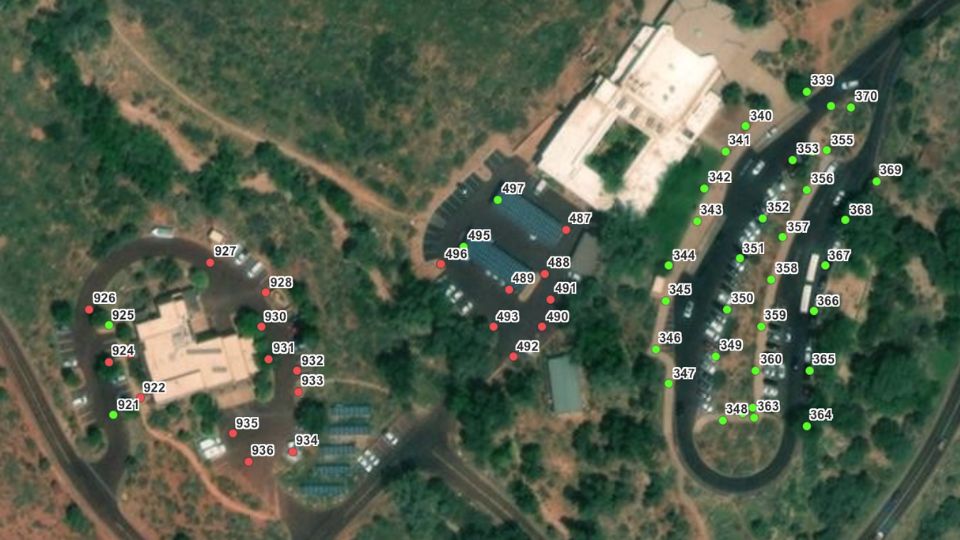
Show me the data: lighting inventory innovations
For the majority of us, what we see of the night sky from where we live is a partial reality. In fact, most of humanity is now living under a lesser version of the natural night sky without even realizing what has been lost. If you are reading this, you m
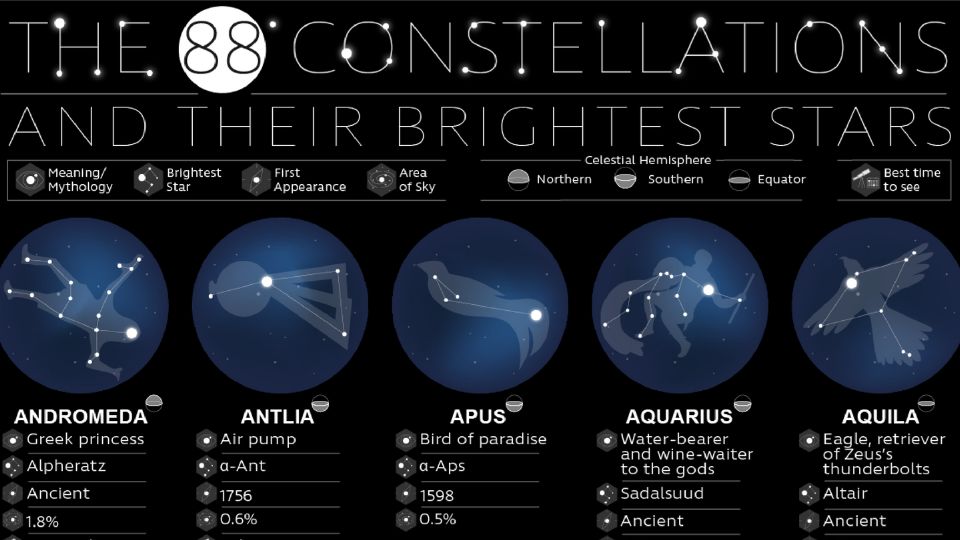
The 88 Constellations & Their Brightest Stars
In modern astronomy, the International Astronomical Union officially recognizes 88 constellations. 42 represent animals, 29 represent inanimate objects, and 17 represent humans or mythological characters.
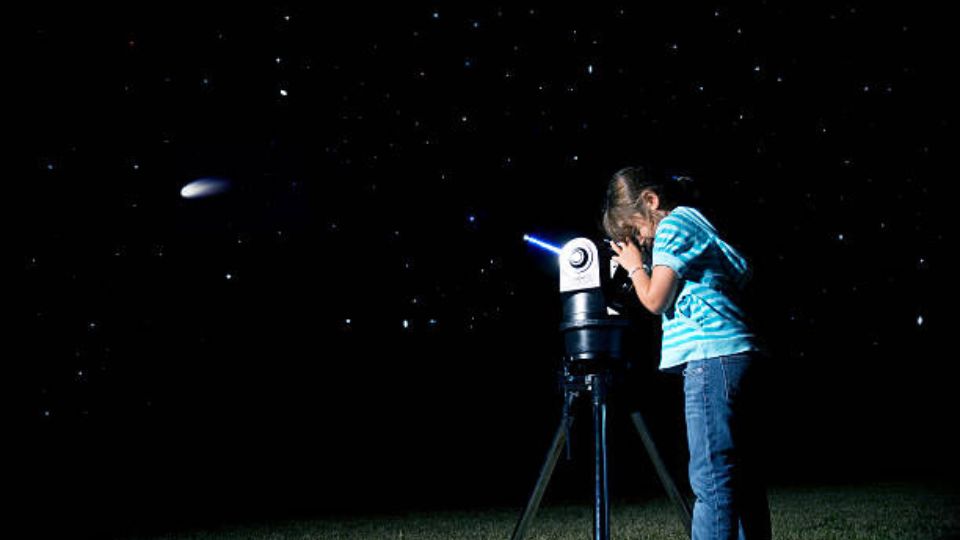
The Every Kid Outdoors Initiative
The Utah Office of Outdoor Recreation, following direction from the 2019 Utah Legislative session (House Concurrent Resolution 4), has launched a new initiative aimed at getting kids outdoors to enjoy nature and realize the benefits of being active.
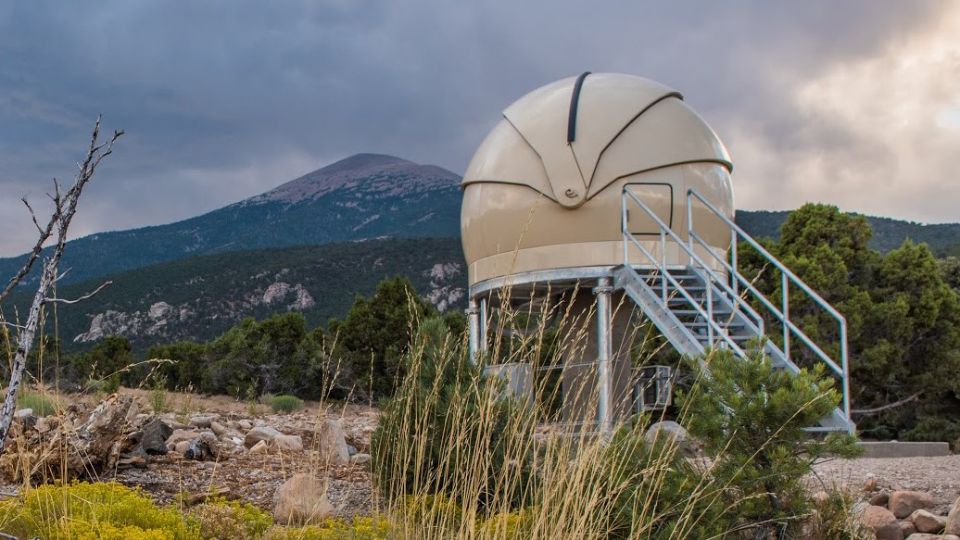
The Great Basin Observatory
A century ago, star-filled night skies were taken for granted. Today, our night skies are imperiled and our national parks are among the few places we can see the stars as our ancestors did.
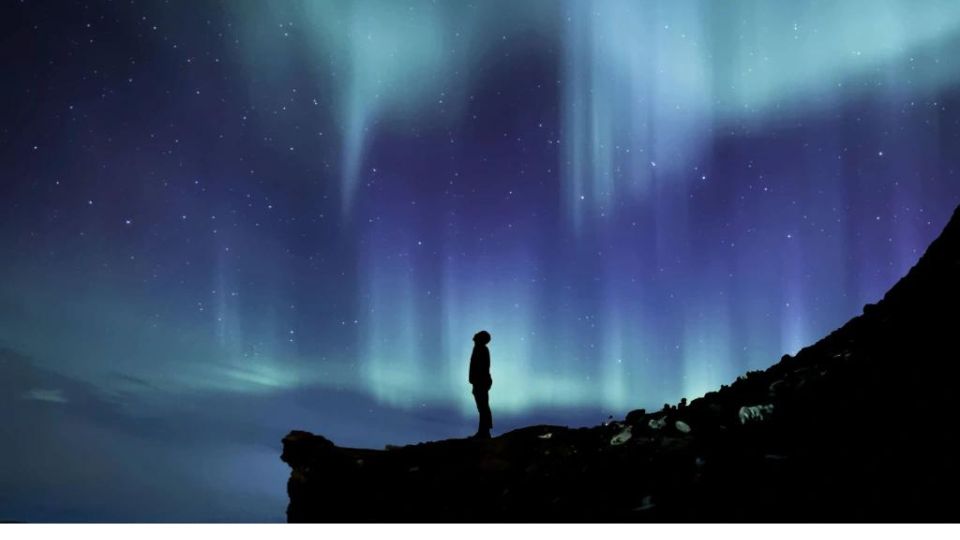
The Importance of Cultural Astronomy
Imagine yourself on a warm summer night camping far from city lights. The night is dark, but the sky glows subtly with points, veils, and occasional streaks of light. Over the course of a few hours, you watch as these sources of light move across the sky.
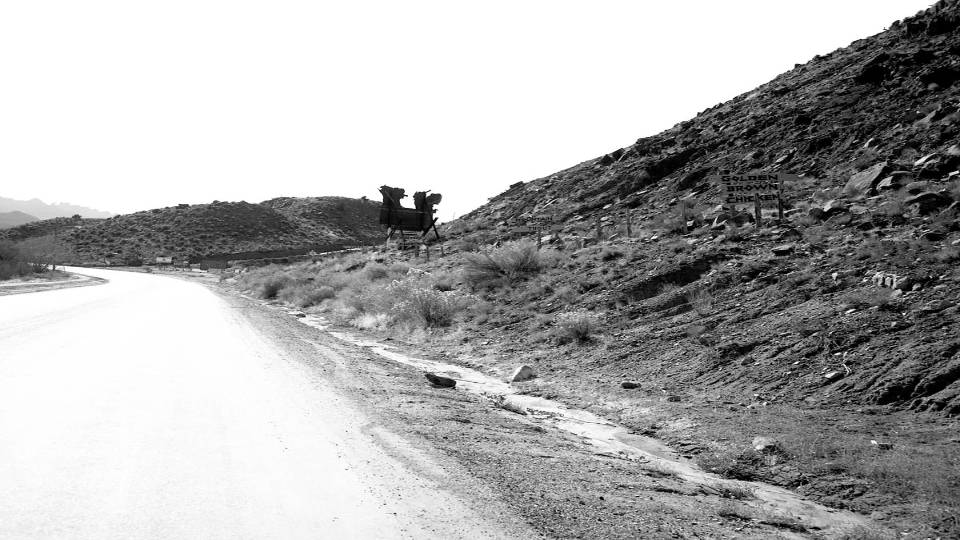
The Kid Who Can’t Grow Up and Doesn’t Want To
The kid grew up in the town of Kanab, Utah. Well, he tried to “grow up” but never could get the hang of it. His decade older sister calls him “The mean widdle kid” – a reference to a role played by comedian Red Skelton.
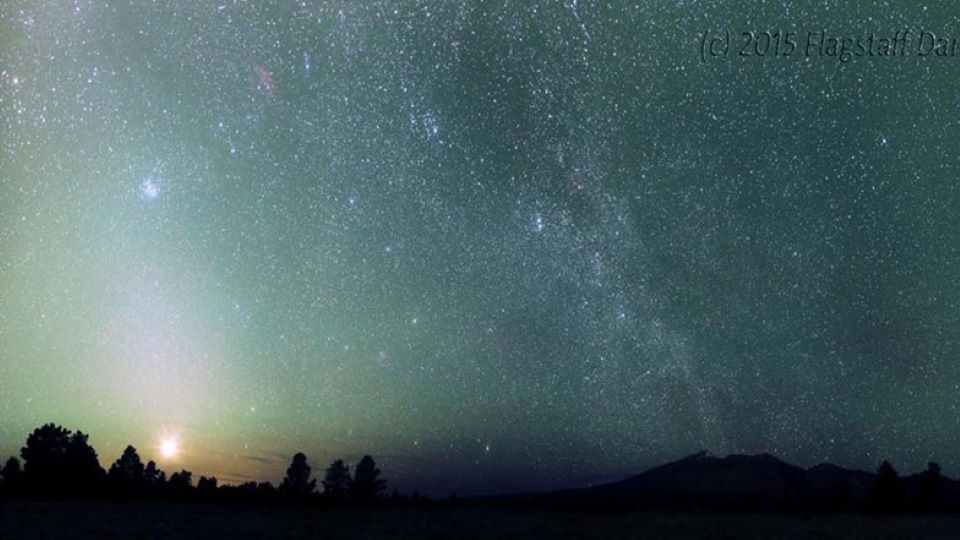
Time for the Next Step – Night Sky Restoration
The world’s first International Dark Sky City is taking the next step from awareness to dark sky restoration through the implementation of a simple, enforceable, and effective lighting code, The Flagstaff Solution.

Sacred Skies
Recognized as the Loneliest Highway in America, U.S. Route 50 runs through central Nevada, a place with more mountain ranges, some of the darkest night skies, and sacred connections of a people that go back thousands of years.
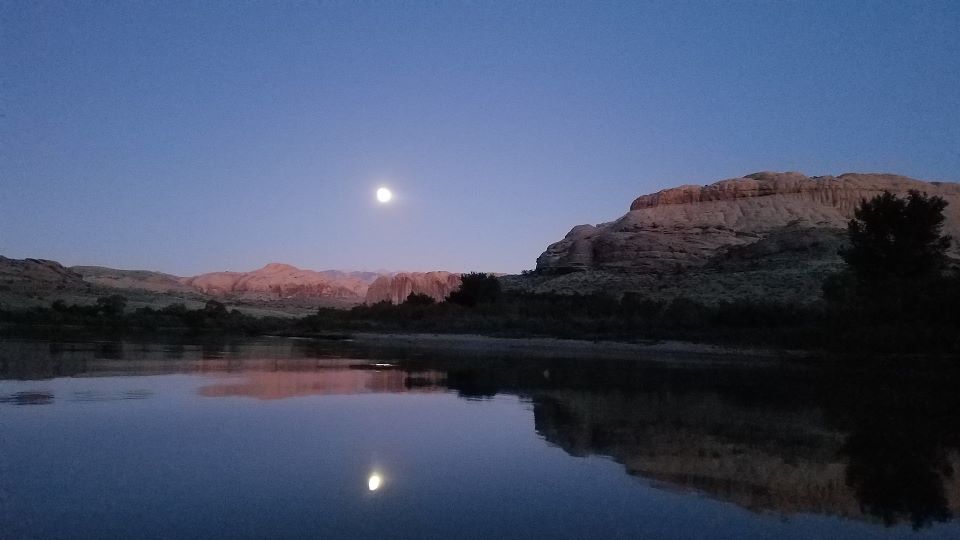
Connecting Night Skies to Healthy Public Lands
Voices of dark sky advocates are needed to respond to a new Proposed Public Lands Rule (Federal Register, 4/3/23) to encourage the BLM to recognize the importance of dark skies and to manage it with the same level of protection as land, water, and air.

A Career Observing Nature
Studying the details of the natural landscape and the night sky, and the processes of their formation, became my principal focus of interest.
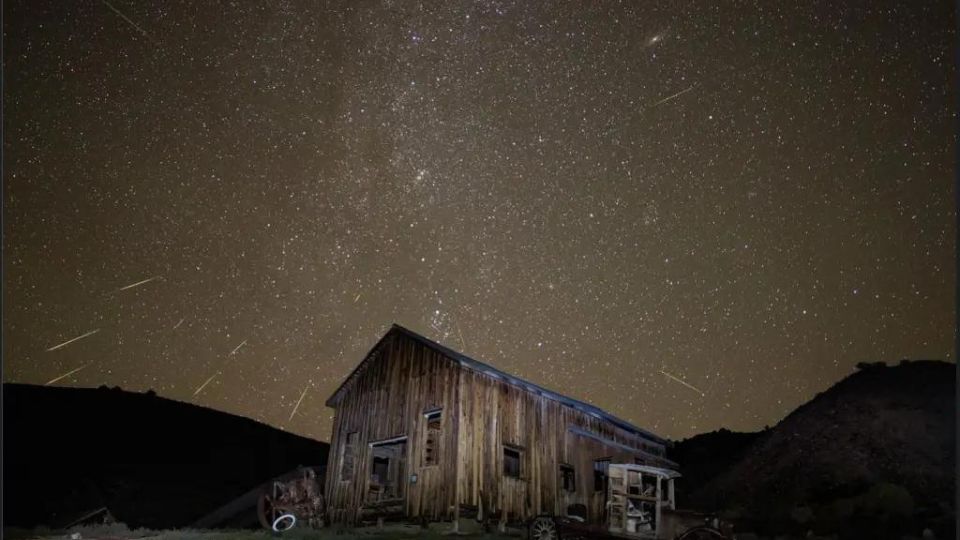
The National Natural Landmarks Program
NNL’s are natural sites found across the country that best illustrate the nations biological and geological heritage. Landmark sites are deemed nationally significant based on their outstanding condition, illustrative character, rarity, diversity and valu

Got Stars, Central Oregon?
Got Stars, Central Oregon? is a project supported by the 2023 Visit Central Oregon Future Fund and a consortium of organizations to educate residents and visitors about the ecologic and economic value of dark skies in Central Oregon.
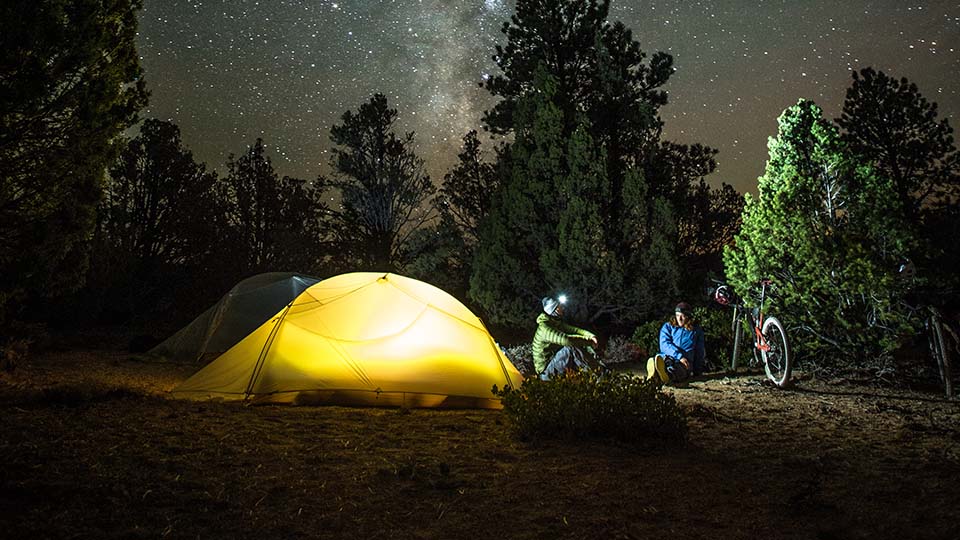
Dark Sky Month
To celebrate its new position as the world leader in dark sky preservation, Governor Spencer Cox of Utah declared April 2021 as “Utah Dark Sky Month.”

Dark Skies Down Under
An interview with Matthias Schmitt, Astronomy Guide, Night Sky Program Coordinator at Cedar Breaks National Monument, and eclipse chaser, on the development of a partnership with an International Dark Sky place in Australia.
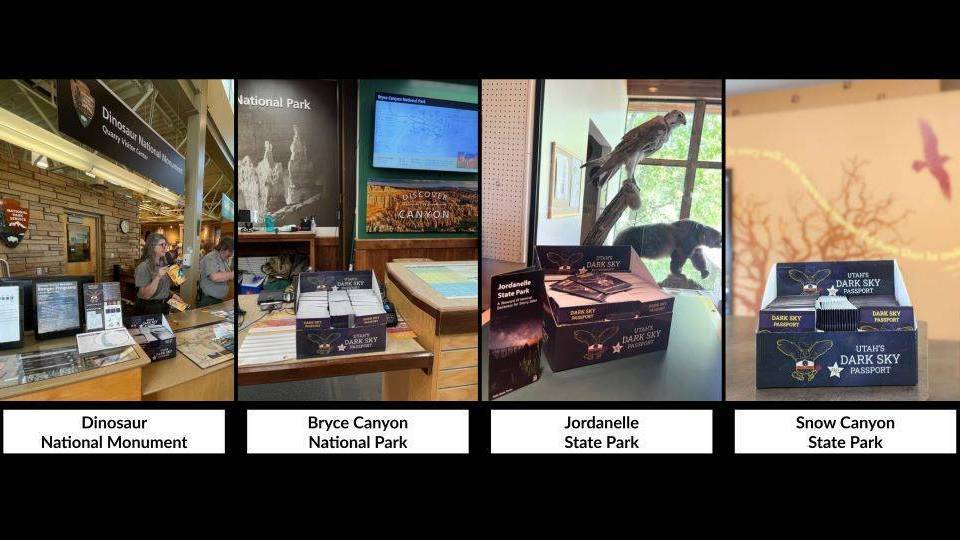
Utah's Dark Sky Passport Program
Utah’s Dark Sky Passport is a new educational tool to connect youth and their families to the cosmos while encouraging an appreciation for nighttime environments and the precious night sky resource that exists in Utah and the greater Colorado Plateau regi

Anchored to the Cosmos
Dark skies are integral to my mental health and well being. Growing up in Michigan’s Upper Peninsula, I only knew perfectly clear night skies, flickering stars, fluorescent galaxies, and dancing auroras. Looking up to the sky after closing time let my min

Guided Stargazing – A New Activity for Dark Sky Parks
Guided stargazing involves lying on your back in a relaxed position and immersing yourself in the night sky for at least half an hour, observing the stars. An audio file guides your gaze and helps you experience the fascinating process of the eye’s dark a

Supporting Public Lands Across the Colorado Plateau
If you’ve visited a National Park, National Monument, BLM or Forest Service visitor center or book store on public lands, chances are you’ve met a “Cooperating Association” – a nonprofit partner of a public land agency working in support of education, sci
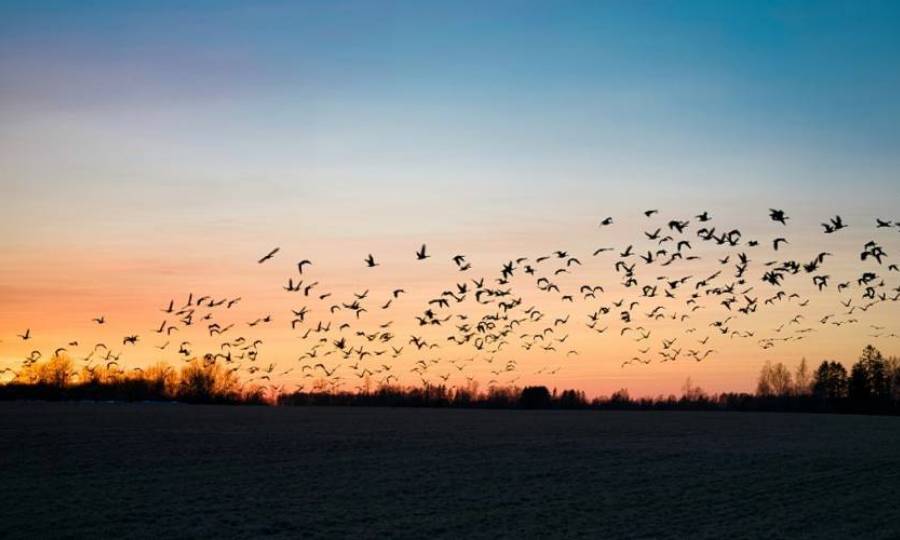
Celebrating Dark Skies During Spring Migration
Lights Outs! This conservation effort is aimed to protect birds during their spring and fall migrations every March-May and August-October. The Birds and Brew event in Salt Lake City is co-hosted by Audubon Rockies and Tracy Aviary, to spread the word on
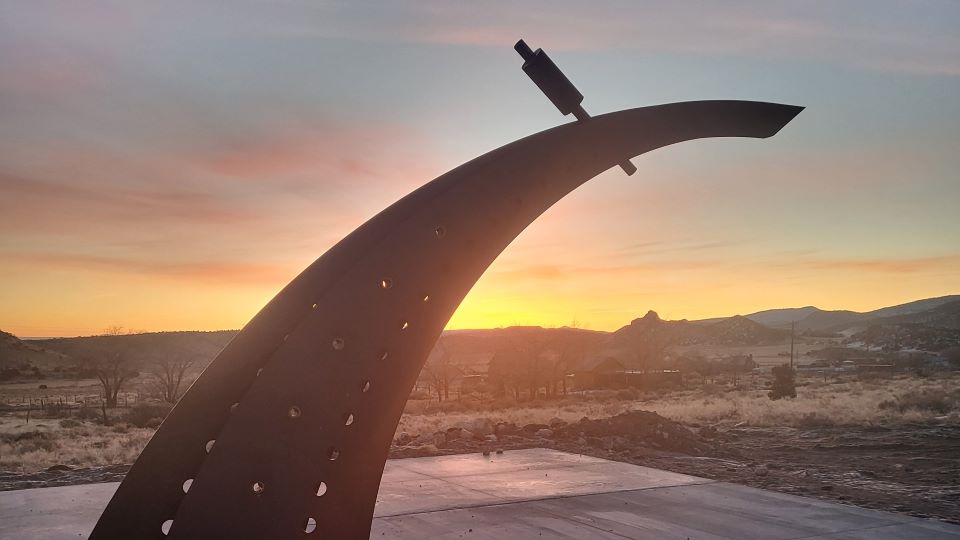
Solar Art in the Making
The seasonal shadow trackers of Teasdale Community Park in Wayne County, Utah are one-quarter of the way through their astronomical journey and creation of a new solar kiosk - place where residents and visitors can gather, experience, and admire the Earth
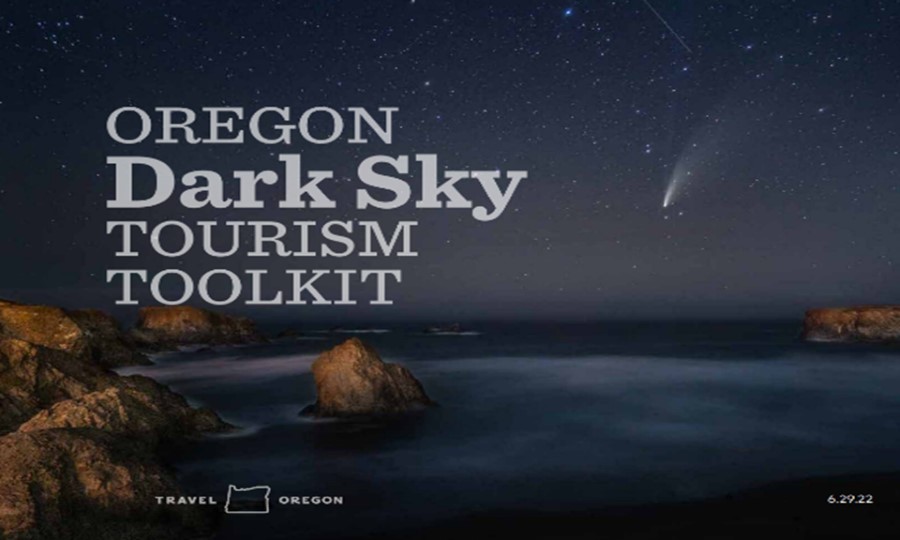
Dark Sky Tourism – “The Oregon Way”
The Oregon Dark Sky Tourism Toolkit was developed to help communities, businesses, public and tribal land managers, non-profits, and destination management organizations (DMOs) learn about the many benefits of embracing “dark sky friendly” practices and h
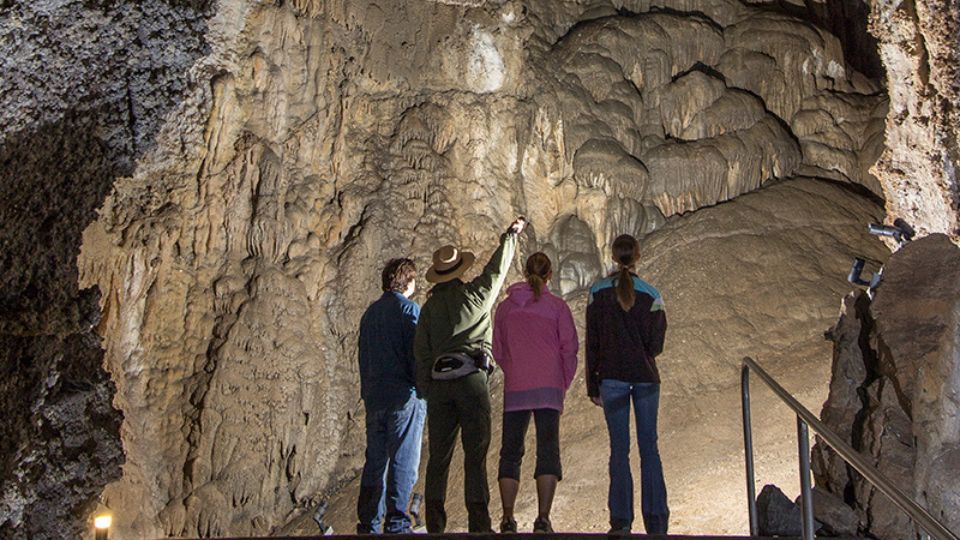
Policy Matters. Advocacy Works.
Policy matters. Advocacy works. We must use our voices to speak loudly together for continued dark sky protection in Utah and beyond. I encourage anyone who loves the night skies to get involved and become an advocate.

